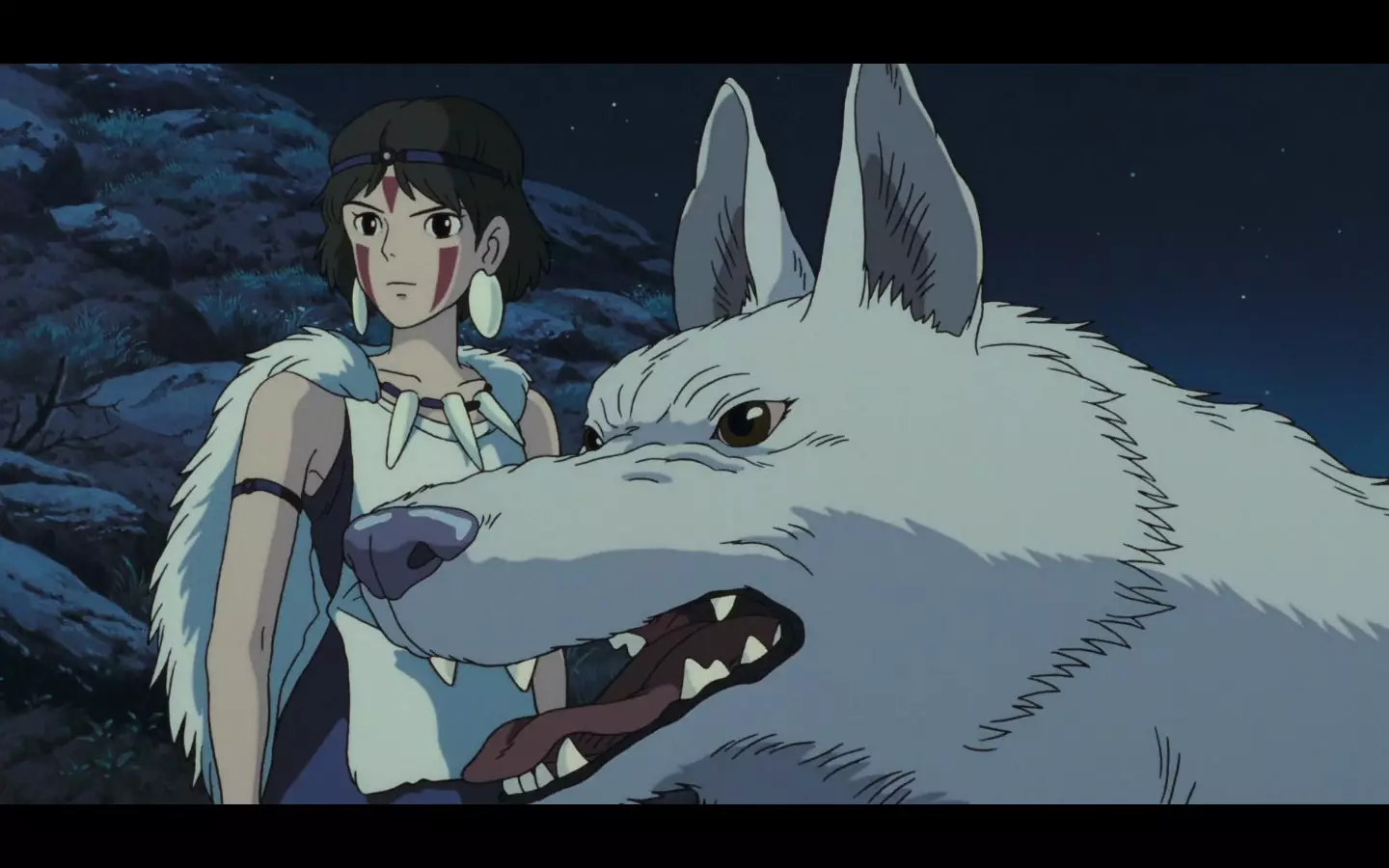
Mononoke grew up in the forest raised by a wolf goddess
As much as fiction falls within the sphere of the imaginary, its representation of reality is decisive because it sculpts us. The archetypes of movies, novels and comics reflect us as well as condition us. When Ghibli theme park opens in 2021 –the famous Japanese animation studio, author of successful jewels such as Spirited Away (2001) or My Neighbor Totoro (1988)– we will check if the female characters are as present as in their stories.
In films by directors like Hayao Miyazaki either Isao Takahata the protagonists are almost always (with exceptions such as in The Wind rises) women. Miyazaki justified this narrative decision thus in a 2009 interview: “At first, I thought, 'this is no longer a world of men', but after ten years, it seems stupid to me to continue answering like this. So now, when they are interested in this topic, I simply reply, ‘because I like girls’. That answer seems more authentic to me.”
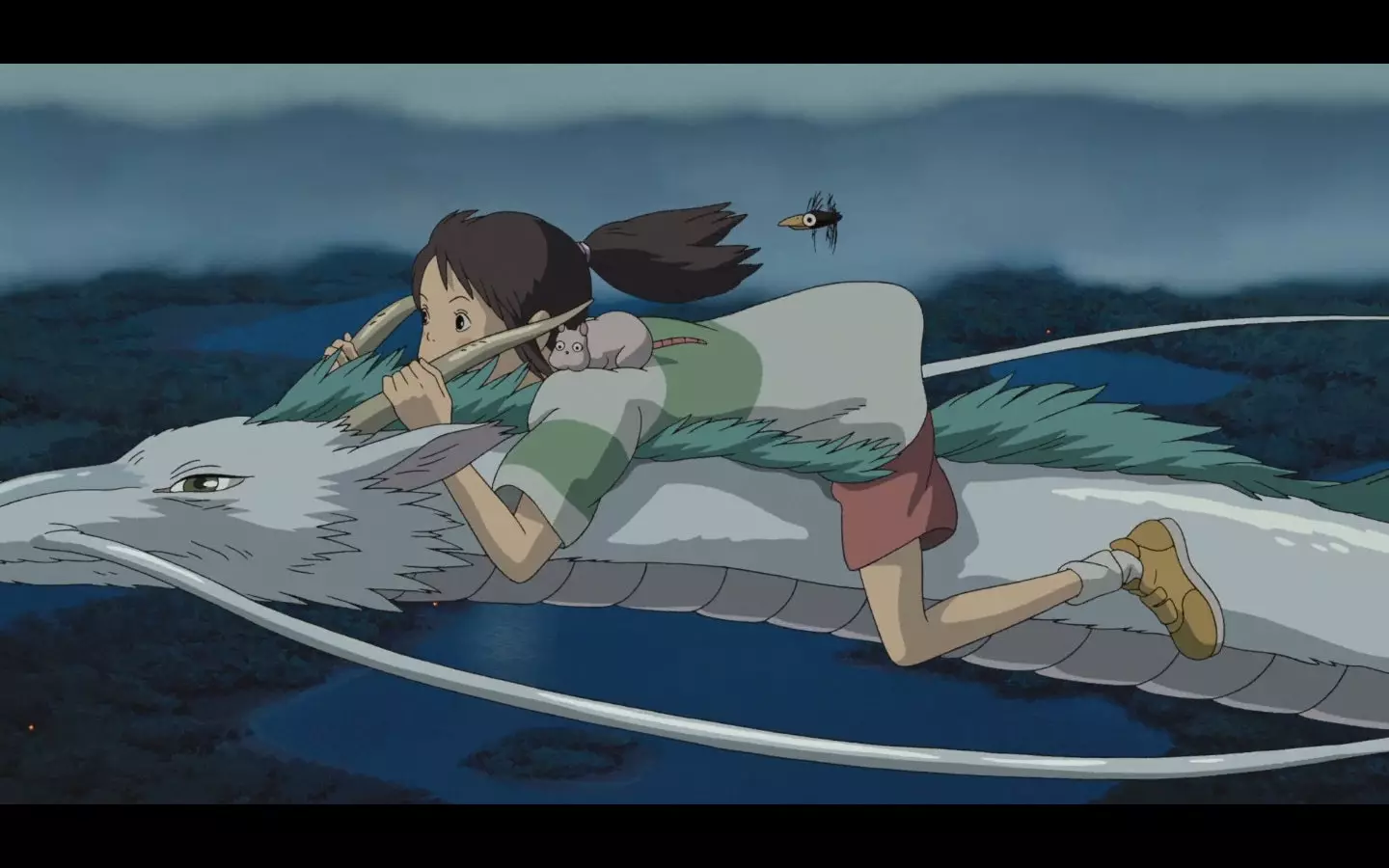
The girls embark on cathartic adventures like in Spirited Away
The deconstruction of the paradigmatic characters begins in the tradition: yes, there are princesses, witches and girls in distress, but they are not typical. Their empowerment begins with their emancipation, with their struggle to fend for themselves and govern their lives.
I like all the Ghibli movies, no one disappoints me, but there are two that I have special affection for. As well as a great affinity, I feel true devotion for Nausicäa (1984). Perhaps it is because it was the first Hayao Miyazaki film I saw, thanks to my friend, the Majorcan photographer Jacobo Biarnés.
Like most princesses in fairy tales, Nausicäa is caring and kind, but she is also strong, brave and utopian. : This skilled pilot not only has the gift of flying like birds, she knows how to read and understand nature.
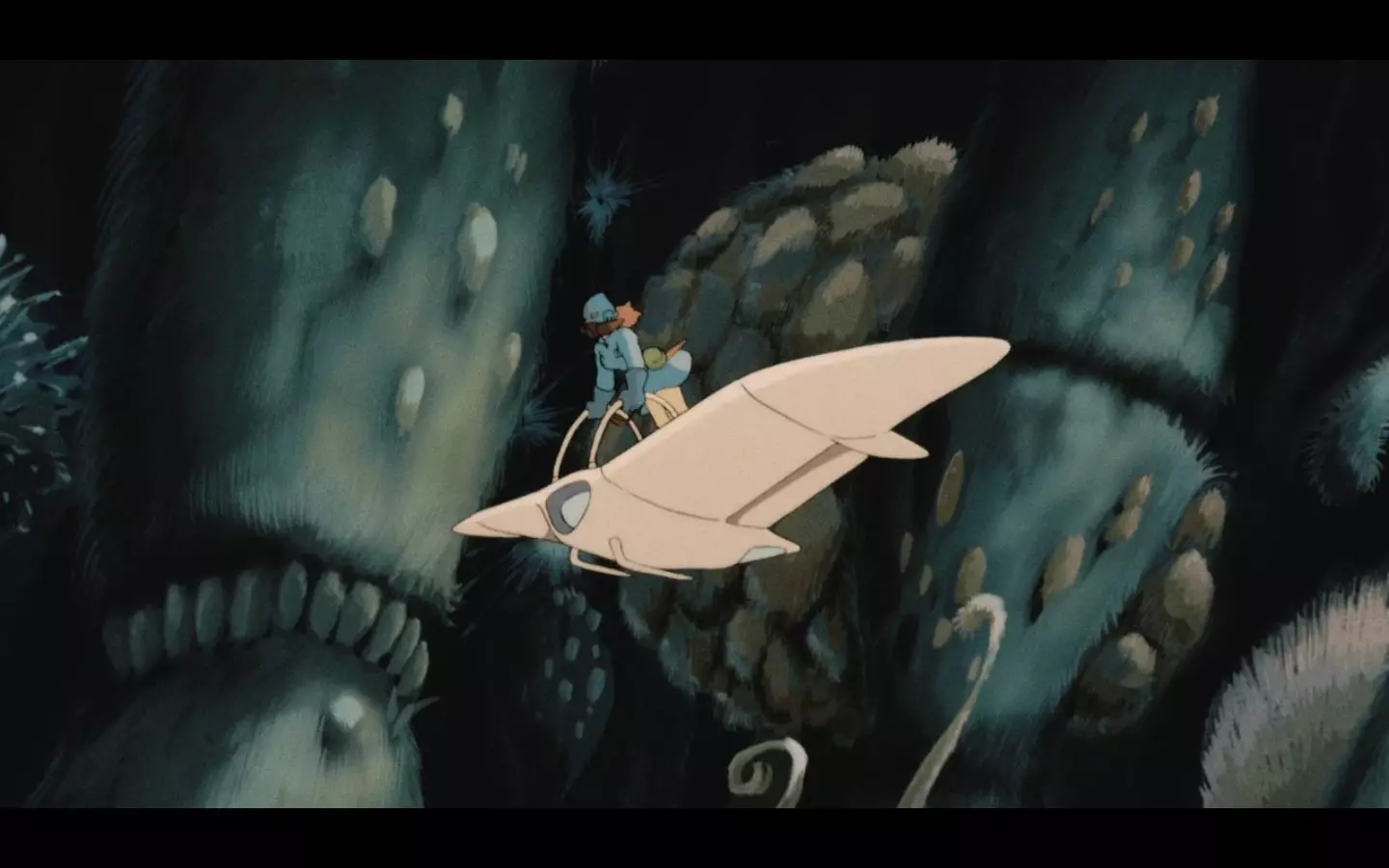
Nausicäa is caring and kind, but she is also strong, brave and utopian.
With the dystopian Nausicäa, Ghibli changes the genre traditionally associated with stories of the 'chosen one' and twists the classic narrative. Pollution has devastated the planet and human beings have been cornered in a tiny piece of land; few dare to enter the forest of poisonous spores and mutating insects and those who do must protect themselves with a mask. According to the prophecy, "a messiah dressed in blue will walk on a field of gold to unite the bonds with the earth and guide the people to the purified land." And for once, that savior is not a man, but a woman, Nausicäa, the princess of the Valley of the Wind.
Perhaps the best known princess of Ghibli is Mononoke (Princess Mononoke, 1997), who, like Tarzan, she has grown up in the forest raised, in her case, by a wolf goddess. In this reinterpretation of the myth, the princesses do not make up with lipsticks and blushes, but with primitive paints or even blood. They are the holistic guardians of plants and animals.
In this Ghibli goes ahead again and, decades before the fever of mindfulness and the search for a new spirituality, Miyazaki is right to grant that intuition and sensitivity to women, much more receptive to the swings of the elements due to her mystical communion with the moon, as the beat poet Marge Piercy wrote: the moon is always female.
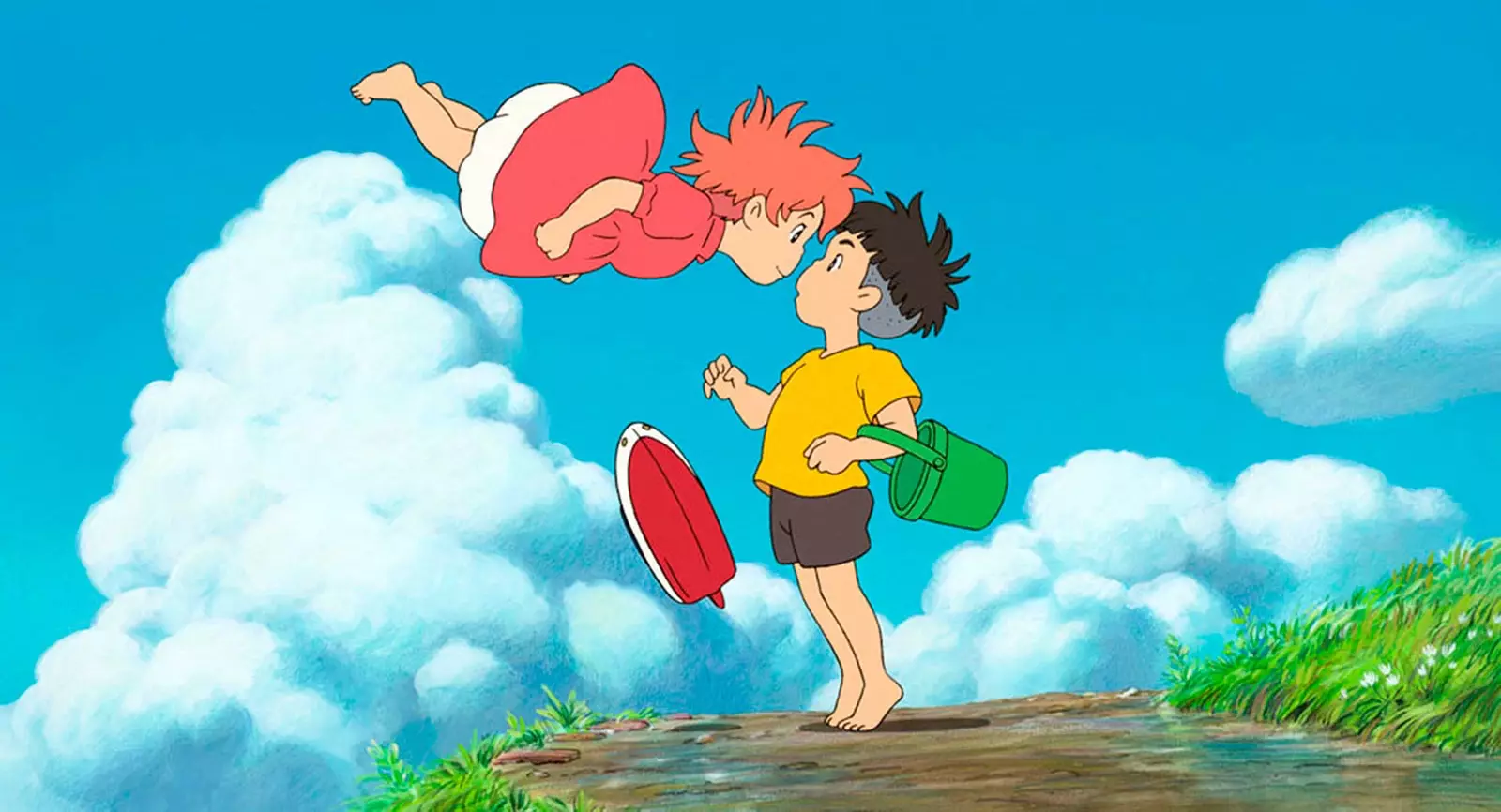
ponyo on the cliff
You don't have to limit yourself to nobility to find complex female characters: the prostitutes (Princess Mononoke), peasants (The Tale of Princess Kaguya, 2013), farmers (Memories of Yesterday, 1991), pirates (The castle in the sky, 1986) or wizards (Spirited Away) are always a lot more devious, intelligent and smiling than his co-stars.
In The Tale of Princess Kaguya, it is Bamboo Shoot's adoptive mother (a princess from the moon) who supports her by sensing and understanding why abandoning life in the countryside to settle in the capital with all the luxuries is not a good idea. Faced with the power and wealth that her father craves, they tend to choose simple happiness.
Of course, the Deadly Sins also build Ghibli's female archetypes: ambitious people abound (Obashi in Princess Mononoke), the selfish (the witch Yubaba in Spirited Away), the gluttonous (Spirited Away's mother). Also the grumpy ones (one of Ponyo's grandmothers on the cliff, 2008), but most are wise and learn from their mistakes. Quick-tempered but loving wizards and sorceresses.
The affection with which she shapes the elderly the studio has its best example in Howl's Moving Castle (2004): the adolescent protagonist wakes up turned into an old woman after a spell and her appearance does not prevent the wizard Howl from falling in love with her. Her gray hair will not leave her even when she regains her freshness.
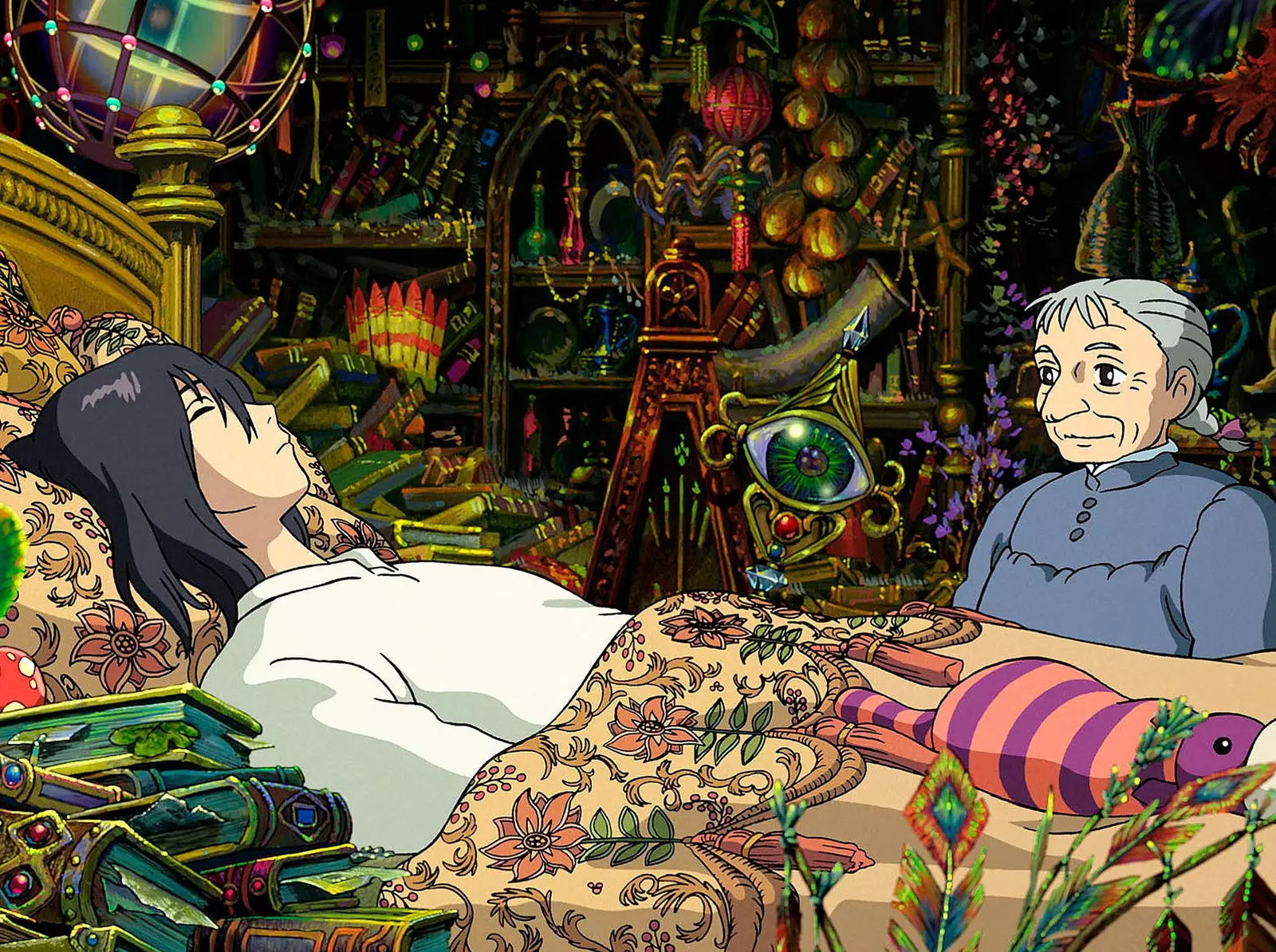
Howl's Moving Castle
Even with thorny issues such as prostitution they dare in the Japanese studio. Lady Obashi builds her city with former prostitutes whom she empowers by offering them not only work but authority: in the village, everyone respects them. One of them admits between laughs: “they let us live in peace and we can eat as much as we want”.
Her commitment does not end here: Sosuke's father (Ponyo) will be a ship's captain, but the impulsive and the brave one is the mother, Lisa, employed in a nursing home. Lisa is the vital superheroine capable of driving her son to her house on the hill in the middle of a tsunami, rescuing him from the jaws of the waves and cooking dinner for him and his enigmatic new friend – co-star Ponyo – after working all day in a nursing home. In classical literature, the celebrated is the sea captain or even the cabin boy; here she is the housewife.
Two more arguments in favor of the study: they do not virilize the feminine. The girls embark on cathartic adventures – traditionally reserved for men, except in cases like Alice in Wonderland – as girls. “I told you you were clumsy and I take it back”, her roommate confesses to Chihiro, a spoiled girl at the beginning of the story (Spirited Away). And even if she overcomes her fears and saves the bathhouse workers, Chihiro won't stop blushing or freaking out when something intimidates her or smells bad.
In classical narrative structures, women's ambitions are often linked to love. The female characters pursue romance, so their existence is subjugated most of the time to that of men. Ghibli legitimizes other realities and incorporates them into the canon: the girls fight for the environment, humanity or simply to overcome their fears. It does not mean that there are no love stories (I can hear the sea, 1993; Whispers of the heart, 1995), there are, but they don't monopolize the plot line and most of the time they are platonic (the relationship between Haku, god of the river, and Chihiro, for example).
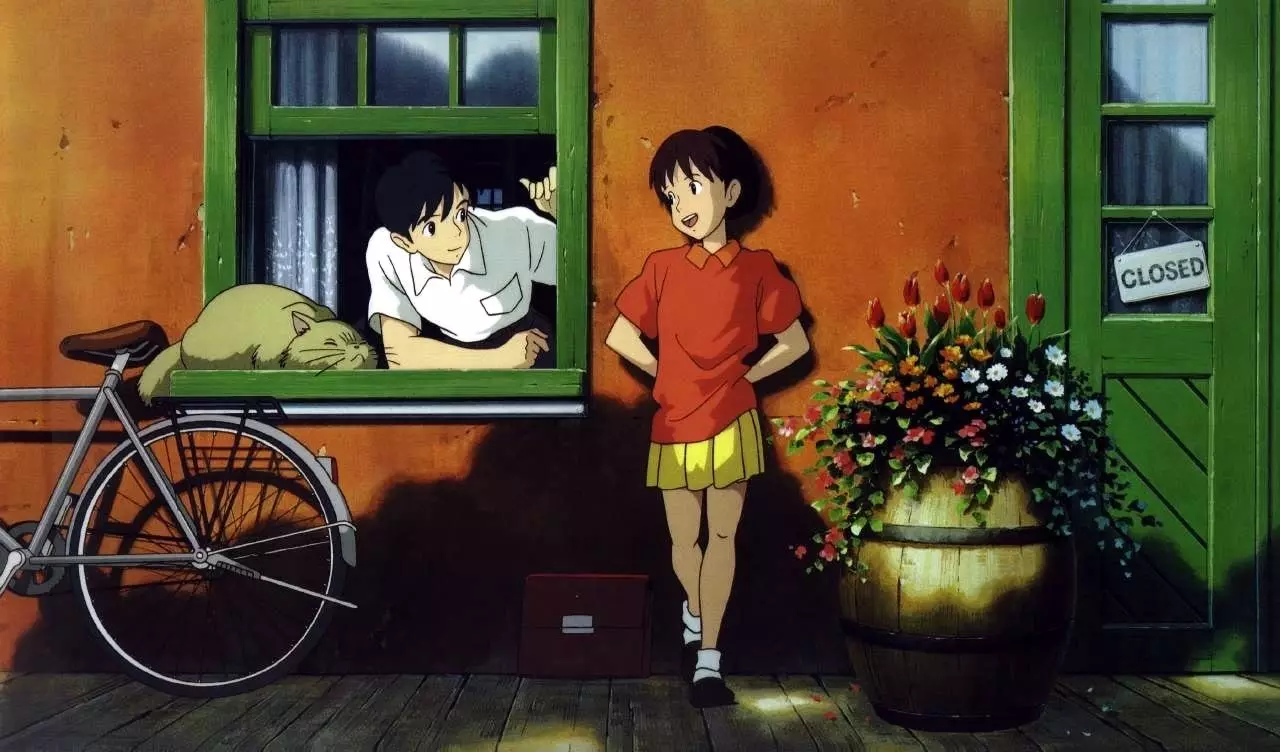
Whispers of the heart
Although the representations are not Manichean or androcentric, the study itself is: no woman has ever directed a Ghibli film. According to Yoshiaki Nishimura, ex-producer of Ghibli, the reason why Ghibli does not bet on female directors is because they tend to be too "realistic", and in fantasy the "idealism" of men is needed.
Fortunately, Nishimura apologized after these statements to The Guardian in 2016 raised blisters: “I had a sexist belief that while men tended to be idyllic, women were better at experiencing reality. I am reflecting and learning. The genre has nothing to do with making movies. My sincere apologies."
An anecdote: the final reviewer of the animations of Heidi (1974) inspected between 6,000 and 7,000 sequences a day, she slept two hours and ate on tea and biscuits. When she was admitted to the hospital due to exhaustion, Miyazaki went to see her: "She was as happy as ever and she told me that she would recover quickly," said the director, who added: "Men could perfectly do that job, but for some reason it always falls on women."
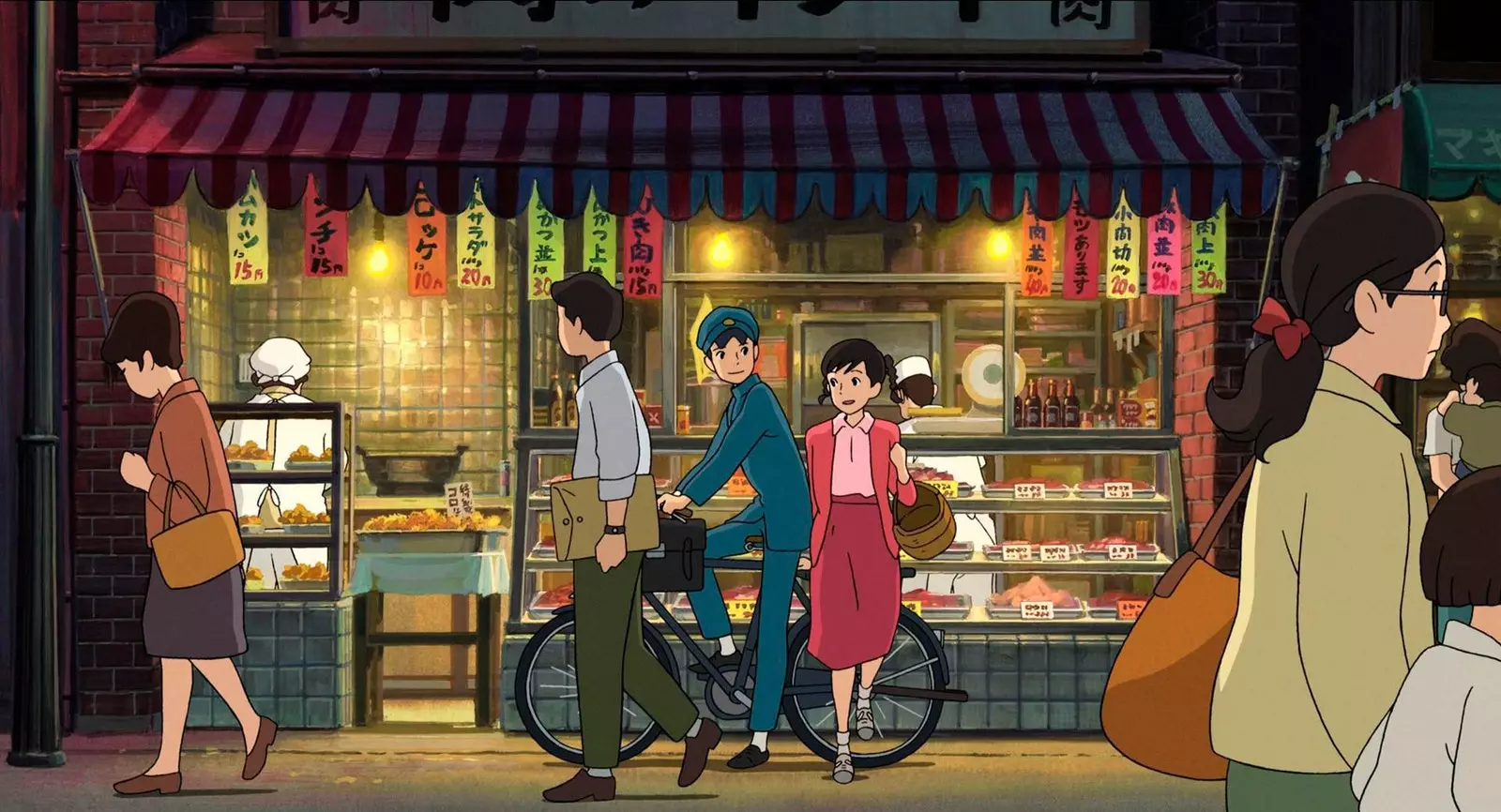
poppy hill
The gender segregation at Disney, especially between 1920 and 1960 –they worked in the inking and painting department, the most tedious and tiring job– that Professor Kirsten Thompson denounced, unfortunately, it does not completely subside.
Among the women in important positions in Ghibli, we must vindicate the already deceased Michiyo Yasuda, Head of Color at Ghibli (Grave of the Fireflies, 1988; Porco Rosso, 1992; Ponyo, 2008…), and to Makiko Futaki who worked for three decades at Ghibli (Poppy Hill, 2001; The Wind Rises, 2013, Spirited Away…), and that she wrote the wonderful illustrated novel The Tree at the Center of the World.
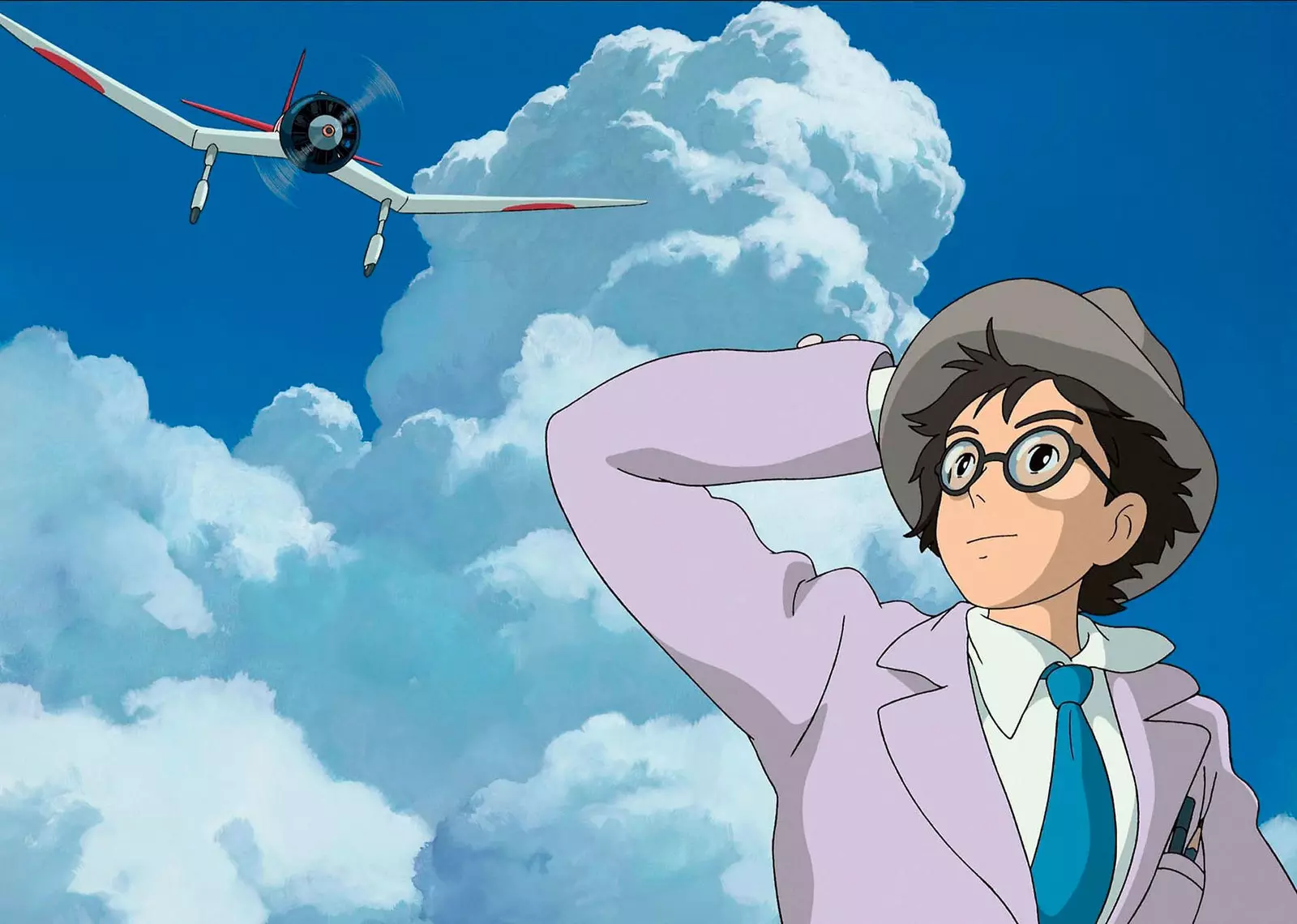
the wind picks up
